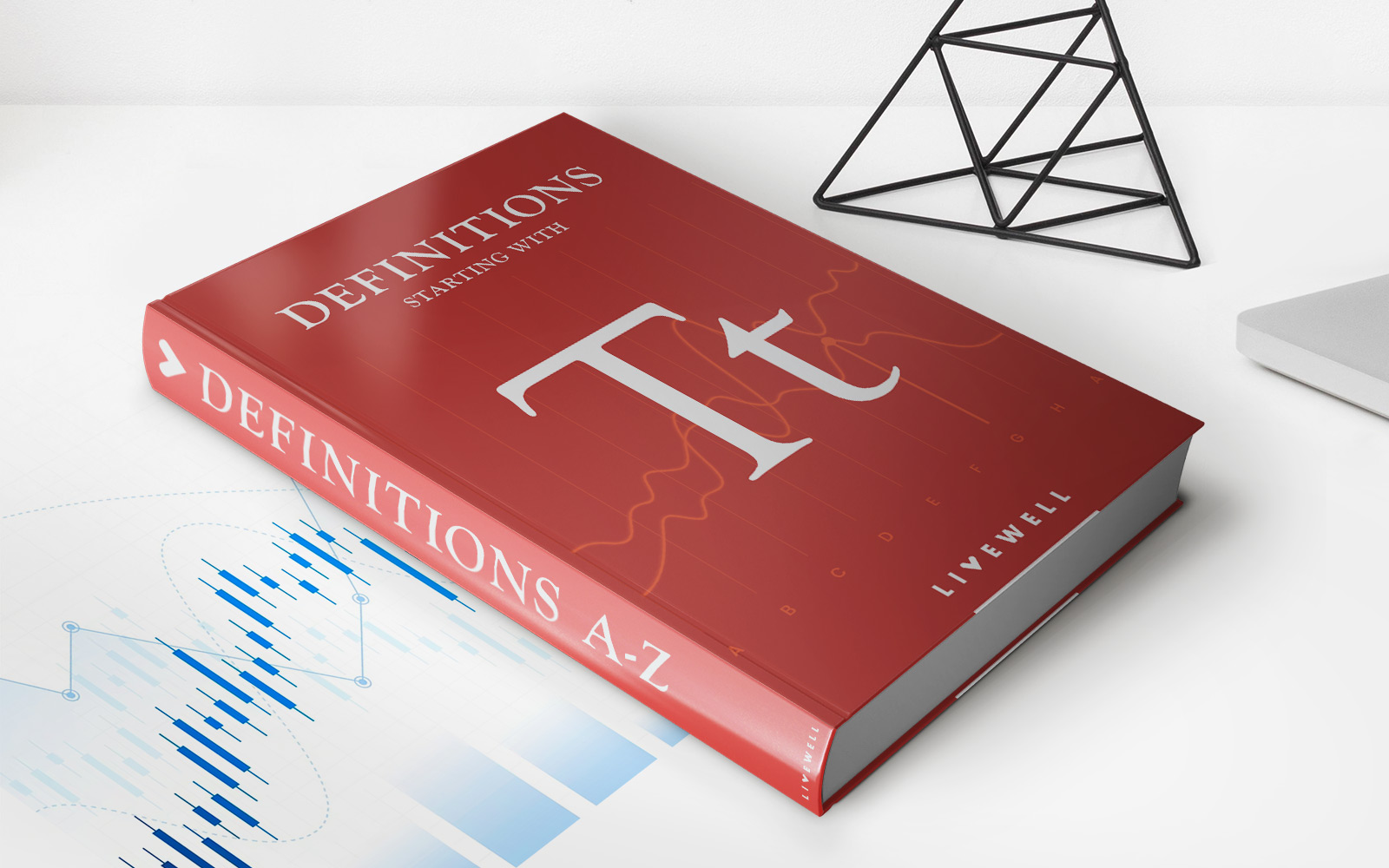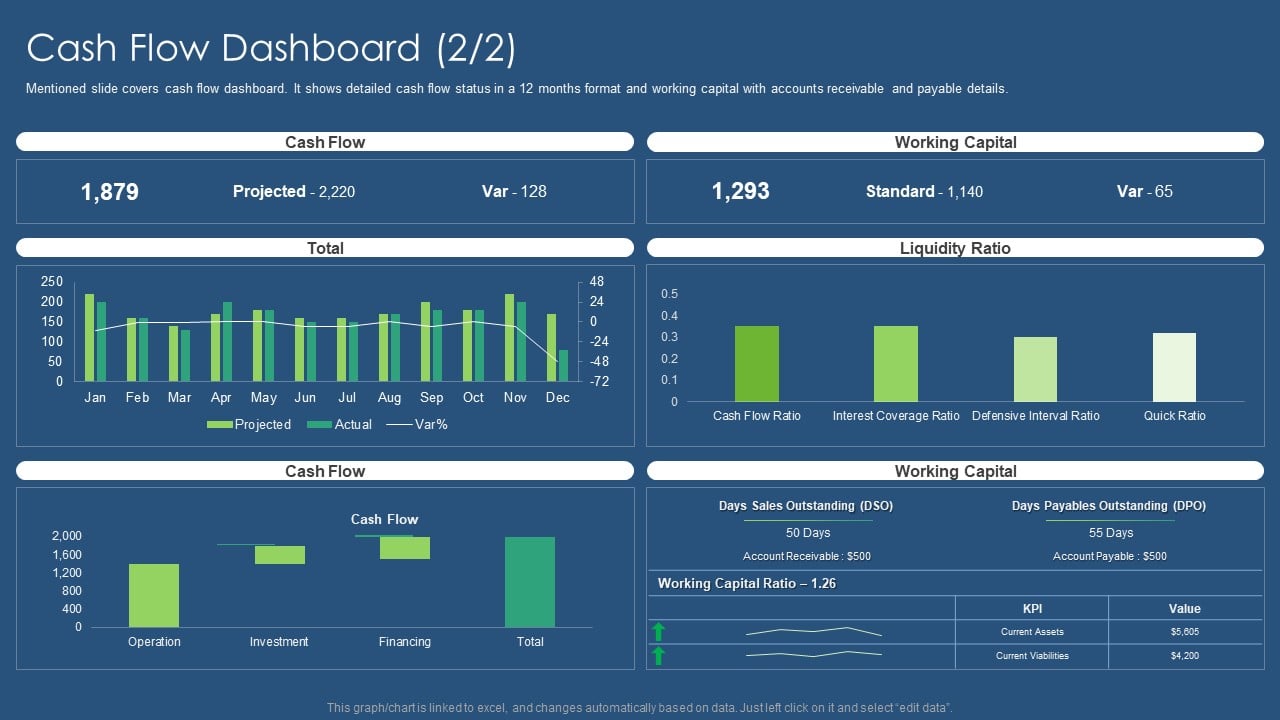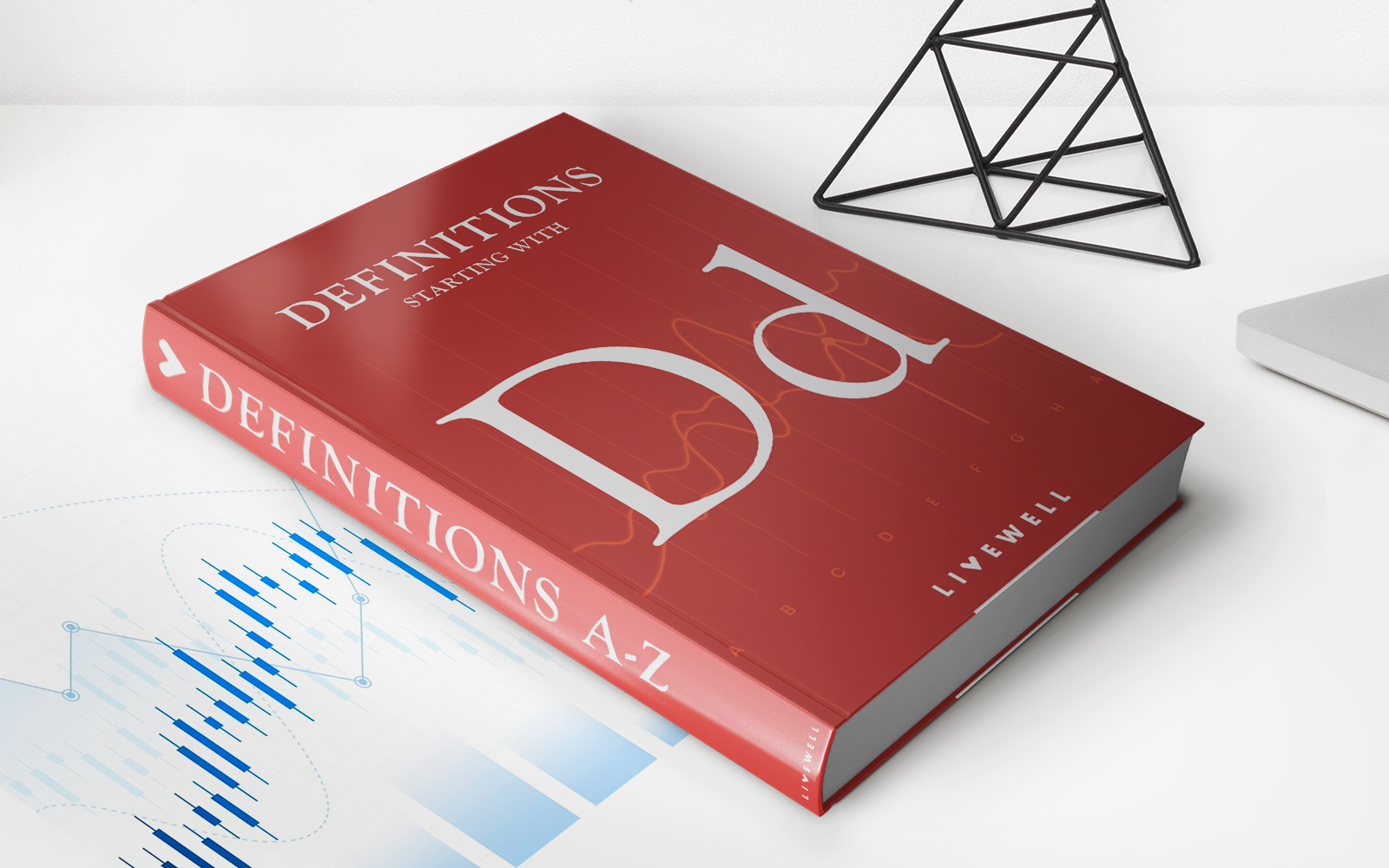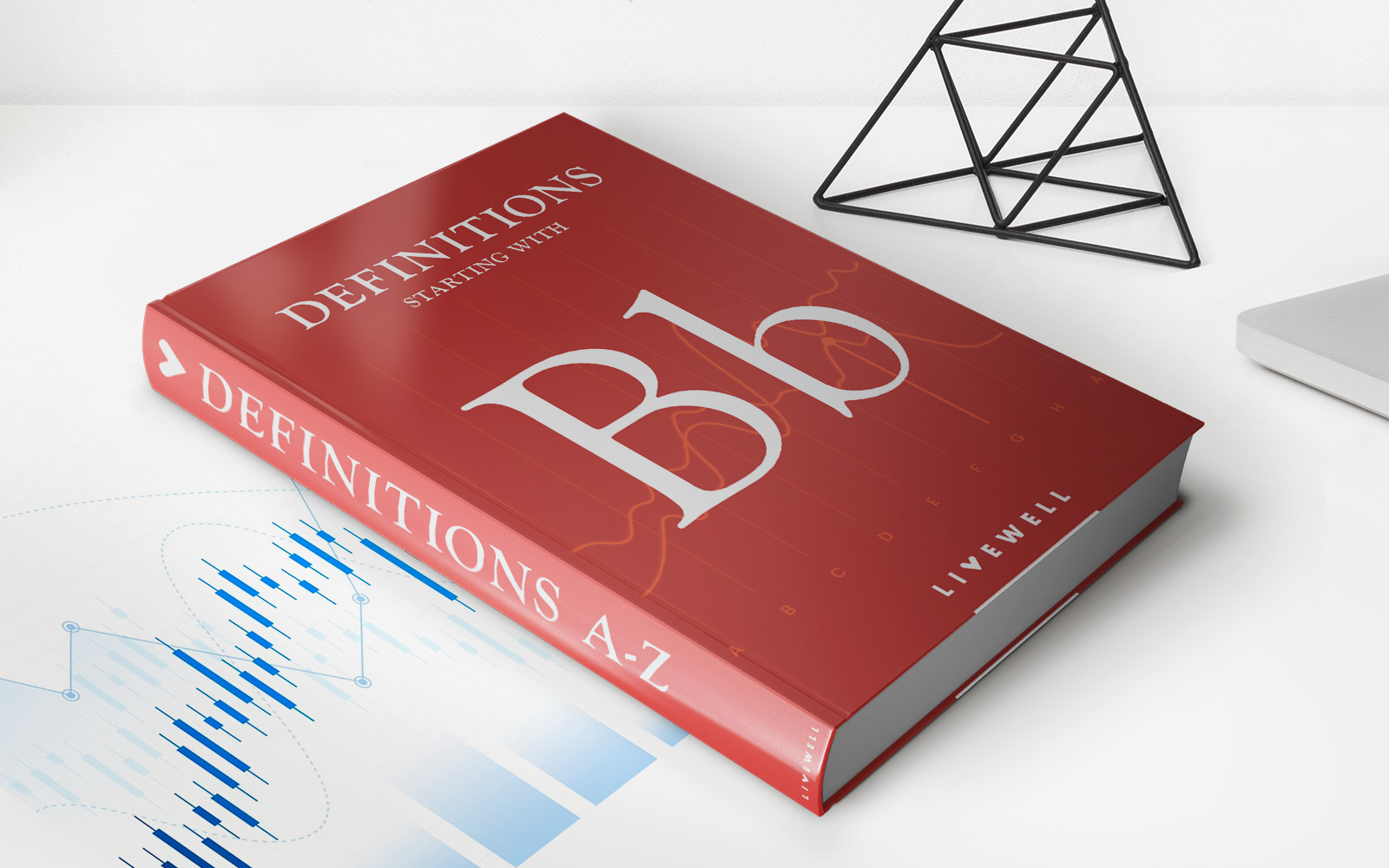

Finance
What Is A Good Revolving Credit To Debt Ratio?
Modified: March 6, 2024
Learn how to determine a good revolving credit to debt ratio in finance. Understand the importance of managing your credit effectively. Discover expert tips now!
(Many of the links in this article redirect to a specific reviewed product. Your purchase of these products through affiliate links helps to generate commission for LiveWell, at no extra cost. Learn more)
Table of Contents
Introduction
In the realm of personal finance, the concept of credit plays a pivotal role in shaping individuals' financial well-being. When it comes to managing credit, one crucial aspect to consider is the revolving credit to debt ratio. This ratio is a key indicator of an individual's financial health and responsibility in managing their credit accounts. Understanding what constitutes a good revolving credit to debt ratio is essential for making informed financial decisions and maintaining a strong credit profile.
The revolving credit to debt ratio, also known as credit utilization ratio, measures the amount of revolving credit being used in relation to the total amount of credit available. This ratio holds significant weight in credit scoring models and can greatly influence an individual's creditworthiness. By maintaining a healthy revolving credit to debt ratio, individuals can demonstrate responsible credit management and enhance their overall financial standing.
Throughout this article, we will delve into the intricacies of revolving credit to debt ratio, emphasizing its importance, factors affecting it, and what is considered a good ratio. Additionally, practical tips for improving this ratio will be explored, providing readers with actionable strategies to bolster their financial standing. Understanding the dynamics of revolving credit to debt ratio empowers individuals to make informed decisions regarding their credit utilization and fosters a proactive approach to managing their financial well-being.
Understanding Revolving Credit to Debt Ratio
The revolving credit to debt ratio is a fundamental metric that reflects an individual’s utilization of available credit. This ratio is calculated by dividing the total outstanding balances on revolving credit accounts, such as credit cards and lines of credit, by the total credit limit across these accounts. For example, if a person has a total credit limit of $10,000 and carries a combined balance of $2,000 on their credit cards, their revolving credit to debt ratio would be 20%.
It’s important to note that the revolving credit to debt ratio specifically pertains to revolving credit, which differs from installment credit. Revolving credit allows individuals to borrow against a set credit limit and make multiple transactions, whereas installment credit involves borrowing a fixed amount and repaying it in regular installments over a predetermined period.
From a lender’s perspective, the revolving credit to debt ratio serves as a measure of a borrower’s credit utilization behavior. A lower ratio indicates that an individual is effectively managing their available credit and is not overly reliant on borrowing. On the other hand, a higher ratio may signal potential financial strain and a greater likelihood of default. As such, maintaining a low revolving credit to debt ratio is generally perceived favorably by lenders and can positively impact an individual’s creditworthiness.
Furthermore, the revolving credit to debt ratio is a key component in credit scoring models, such as the FICO score and VantageScore. These scores are widely used by lenders to assess an individual’s credit risk and determine their eligibility for loans, credit cards, and favorable interest rates. Therefore, understanding and actively managing this ratio is essential for cultivating a positive credit profile and securing favorable financial opportunities.
By comprehending the significance of the revolving credit to debt ratio, individuals can make informed decisions regarding their credit utilization and strategically manage their outstanding balances to optimize their financial standing.
Importance of a Good Revolving Credit to Debt Ratio
A good revolving credit to debt ratio holds substantial significance in the realm of personal finance and credit management. This ratio serves as a crucial indicator of an individual’s financial responsibility and credit utilization behavior, influencing their creditworthiness and overall financial well-being. Understanding the importance of maintaining a favorable revolving credit to debt ratio is paramount for individuals seeking to fortify their financial standing and access favorable credit terms.
One of the primary implications of a good revolving credit to debt ratio is its impact on credit scores. Credit scoring models, such as FICO and VantageScore, consider this ratio when calculating an individual’s credit score. A lower ratio, indicative of responsible credit utilization, can contribute to a higher credit score, thereby enhancing an individual’s creditworthiness and increasing their eligibility for competitive loan terms and credit products.
Moreover, a favorable revolving credit to debt ratio can instill confidence in lenders and financial institutions. When individuals exhibit prudent credit management by maintaining a low ratio, they portray a reduced risk of default and demonstrate their ability to manage credit responsibly. As a result, lenders may be more inclined to extend favorable credit terms, such as higher credit limits and lower interest rates, to individuals with a commendable revolving credit to debt ratio.
Beyond its impact on credit scores and lending terms, a good revolving credit to debt ratio reflects financial discipline and prudent money management. By effectively managing their credit utilization and keeping this ratio at an optimal level, individuals showcase their ability to balance their financial obligations and avoid excessive reliance on credit. This responsible financial behavior can yield long-term benefits, including improved financial stability, reduced interest expenses, and enhanced access to credit for future endeavors.
Ultimately, the importance of a good revolving credit to debt ratio extends beyond numerical metrics; it encapsulates a holistic approach to financial well-being and prudent credit management. By recognizing the significance of this ratio and actively striving to maintain a favorable balance between credit utilization and available credit, individuals can position themselves for greater financial opportunities and long-term prosperity.
Factors Affecting Revolving Credit to Debt Ratio
The revolving credit to debt ratio is influenced by various factors that play a pivotal role in shaping individuals’ credit utilization behavior and overall financial standing. Understanding these factors is essential for individuals seeking to manage their credit effectively and maintain a favorable ratio that enhances their creditworthiness and financial well-being.
- Credit Card Balances: The outstanding balances on credit cards significantly impact the revolving credit to debt ratio. Higher balances relative to the credit limits can elevate the ratio, potentially signaling increased credit utilization and impacting credit scores.
- Credit Limit Adjustments: Changes in credit limits, whether through credit limit increases or reductions, directly influence the revolving credit to debt ratio. A higher credit limit can lower the ratio, while a reduced limit may elevate it, affecting credit utilization metrics.
- Opening New Credit Accounts: The addition of new credit accounts can impact the overall credit available to an individual, subsequently affecting the revolving credit to debt ratio. Opening new accounts may alter the ratio, especially if significant credit limits are extended.
- Closing Credit Accounts: Closing credit accounts can impact the available credit and subsequently affect the revolving credit to debt ratio. Consolidating credit card balances or closing unused accounts may impact the ratio and credit utilization metrics.
- Payment Patterns: Timely payments and consistent debt repayment behavior can positively influence the revolving credit to debt ratio. Responsible payment patterns demonstrate prudent credit management and can contribute to a lower ratio and improved credit scores.
- Balance Transfers: Utilizing balance transfer offers to consolidate credit card balances can impact the revolving credit to debt ratio. While this strategy may streamline debt repayment, it is essential to consider its potential effects on credit utilization and the ratio.
By recognizing the factors that affect the revolving credit to debt ratio, individuals can proactively manage their credit accounts and make informed decisions to optimize this crucial metric. Monitoring credit card balances, leveraging credit limits responsibly, and maintaining a balanced approach to credit utilization are essential practices for preserving a favorable revolving credit to debt ratio and bolstering overall financial health.
What Is Considered a Good Revolving Credit to Debt Ratio?
A good revolving credit to debt ratio is typically characterized by a low percentage of credit utilization, signifying responsible credit management and financial prudence. While specific thresholds may vary among credit scoring models and lenders, a general guideline for a favorable ratio is to maintain a utilization rate below 30%. Ideally, aiming for a ratio below 20% can further enhance an individual’s credit profile and signal disciplined credit utilization.
Individuals with a low revolving credit to debt ratio demonstrate that they are effectively managing their available credit and are not overly reliant on borrowing. This responsible credit behavior is viewed favorably by lenders and can positively impact credit scores, reflecting a lower risk of default and a higher likelihood of timely repayment.
It’s important to note that while a lower ratio is generally preferred, completely avoiding credit utilization is not advisable. In fact, utilizing a small percentage of available credit, such as maintaining a consistent but manageable balance on credit cards, can demonstrate active credit usage and responsible repayment behavior. This can contribute positively to credit scores and overall creditworthiness.
Furthermore, individuals aiming to achieve an excellent credit profile may strive for an even lower revolving credit to debt ratio, such as below 10%. By keeping credit utilization minimal and effectively managing outstanding balances, individuals can position themselves for enhanced credit opportunities and favorable lending terms.
Ultimately, a good revolving credit to debt ratio is indicative of a balanced approach to credit utilization, where individuals demonstrate prudence in managing their available credit while actively utilizing it to maintain a positive credit history. By striving to keep this ratio at an optimal level, individuals can bolster their creditworthiness, access favorable financial opportunities, and pave the way for long-term financial stability.
Tips for Improving Revolving Credit to Debt Ratio
Improving the revolving credit to debt ratio is essential for individuals aiming to enhance their credit profile and overall financial health. By implementing strategic measures to optimize credit utilization and manage outstanding balances effectively, individuals can work towards achieving a favorable ratio that reflects responsible credit management. The following tips offer actionable guidance for improving the revolving credit to debt ratio and fortifying one’s financial standing:
- Regularly Monitor Credit Card Balances: Keeping a close eye on credit card balances and ensuring they remain within a manageable range relative to credit limits is crucial for maintaining a favorable ratio. Regular monitoring allows individuals to make timely adjustments to their credit utilization, contributing to a lower ratio.
- Strategically Utilize Available Credit: Instead of maxing out credit cards, individuals can strategically utilize available credit by spreading out expenses across multiple cards or keeping balances well below the credit limits. This approach can contribute to a lower overall credit utilization rate.
- Request Credit Limit Increases: Seeking credit limit increases from credit card issuers can effectively lower the revolving credit to debt ratio, provided that individuals maintain responsible spending habits and do not significantly increase their balances.
- Avoid Closing Unused Credit Accounts: While consolidating credit accounts may seem beneficial, closing unused accounts can reduce the total available credit, potentially elevating the revolving credit to debt ratio. Keeping these accounts open, especially if they have a favorable credit history, can contribute to a lower ratio.
- Make Timely Payments: Consistently making on-time payments on credit accounts is instrumental in maintaining a positive credit history and contributing to a lower revolving credit to debt ratio. Timely payments reflect responsible credit management and can positively impact credit scores.
- Consider Balance Transfer Options Wisely: When utilizing balance transfer offers to consolidate credit card balances, individuals should carefully assess the potential impact on their credit utilization and overall ratio. While this strategy can streamline debt repayment, it’s essential to weigh its effects on the ratio and credit scoring.
By implementing these proactive strategies, individuals can actively work towards improving their revolving credit to debt ratio, fostering a healthier credit profile, and positioning themselves for enhanced financial opportunities.
Conclusion
The revolving credit to debt ratio stands as a fundamental metric that holds considerable sway over individuals’ credit profiles and financial well-being. Understanding the nuances of this ratio and its implications is paramount for individuals seeking to navigate the realm of credit management with prudence and foresight. By recognizing the importance of maintaining a favorable revolving credit to debt ratio, individuals can proactively take charge of their financial health and cultivate a positive credit profile.
A good revolving credit to debt ratio, characterized by a low credit utilization rate, serves as a testament to responsible credit management and financial discipline. This ratio influences credit scores, lending terms, and overall creditworthiness, making it a pivotal factor in shaping individuals’ access to credit and favorable financial opportunities.
Through a balanced approach to credit utilization, strategic management of outstanding balances, and prudent decision-making regarding credit accounts, individuals can actively work towards improving their revolving credit to debt ratio. By leveraging practical tips, such as monitoring credit card balances, strategically utilizing available credit, and making timely payments, individuals can optimize this crucial metric and bolster their financial standing.
Ultimately, the journey towards a good revolving credit to debt ratio is a testament to individuals’ commitment to financial responsibility and proactive credit management. By maintaining a low ratio, individuals not only enhance their creditworthiness but also lay the groundwork for long-term financial stability and access to favorable credit terms.
As individuals continue to navigate the intricacies of personal finance, the knowledge and proactive measures taken to improve the revolving credit to debt ratio serve as a testament to their dedication to financial well-being. By embracing these principles and actively managing their credit, individuals can pave the way for a brighter financial future, characterized by prudent credit utilization and enhanced access to credit opportunities.














